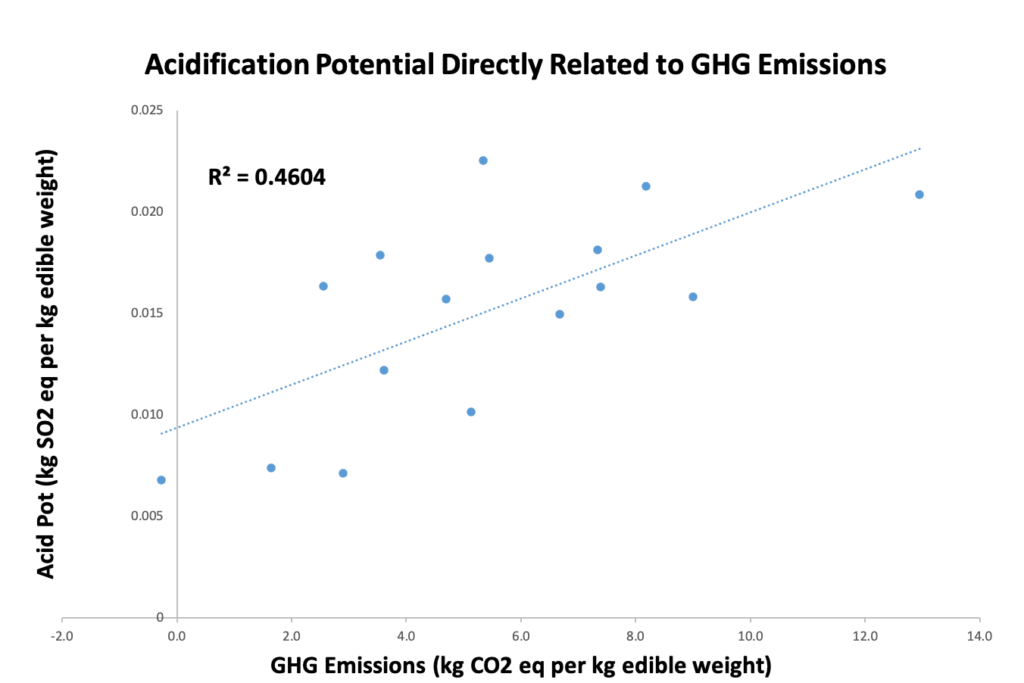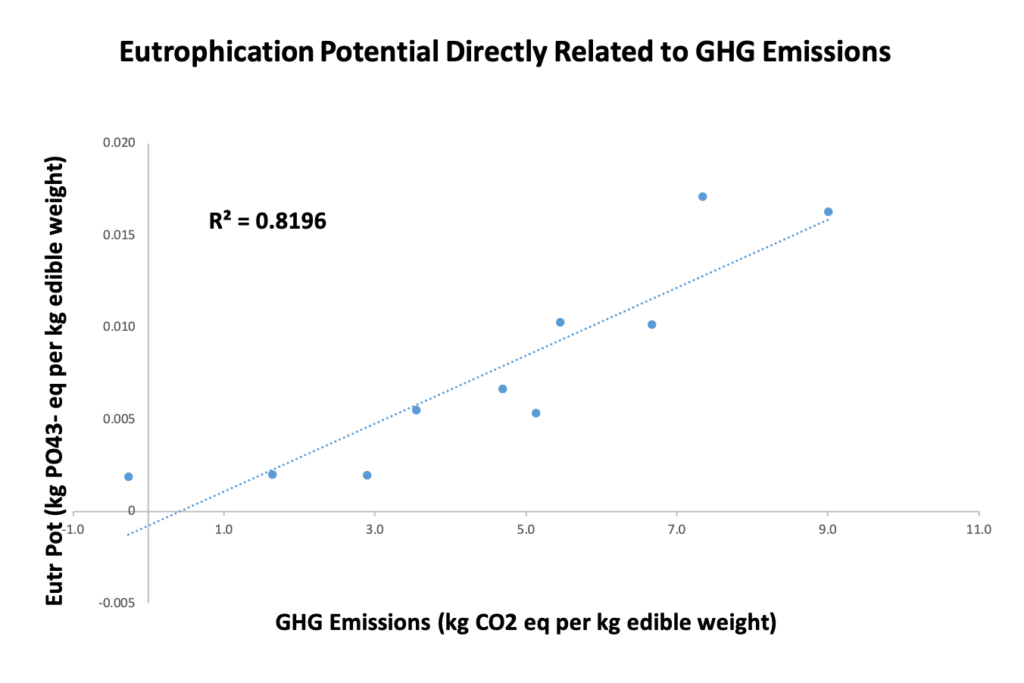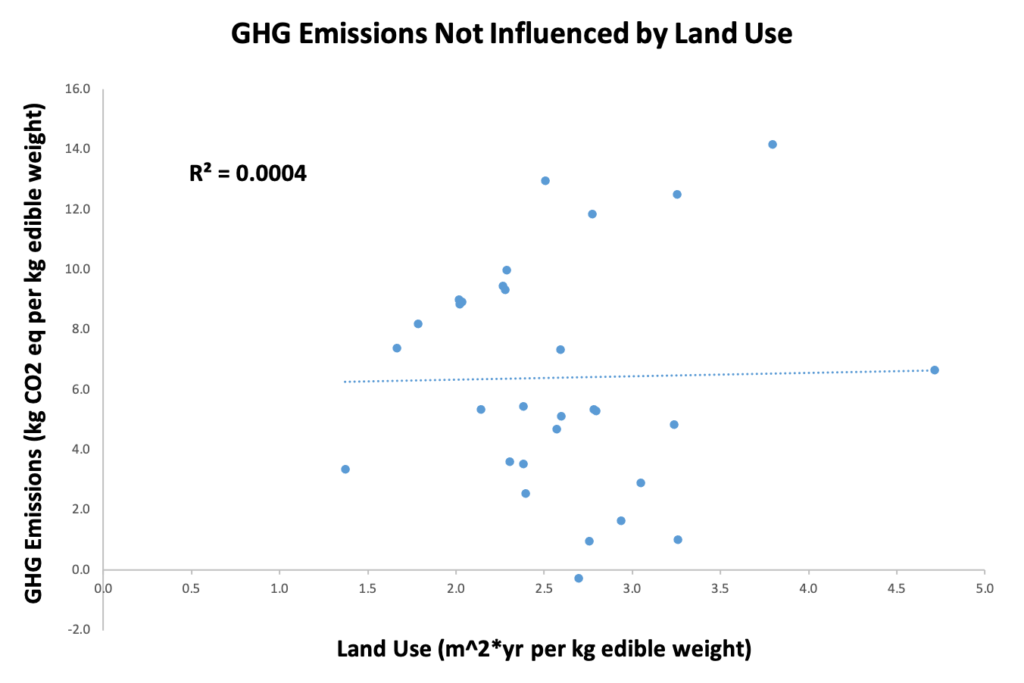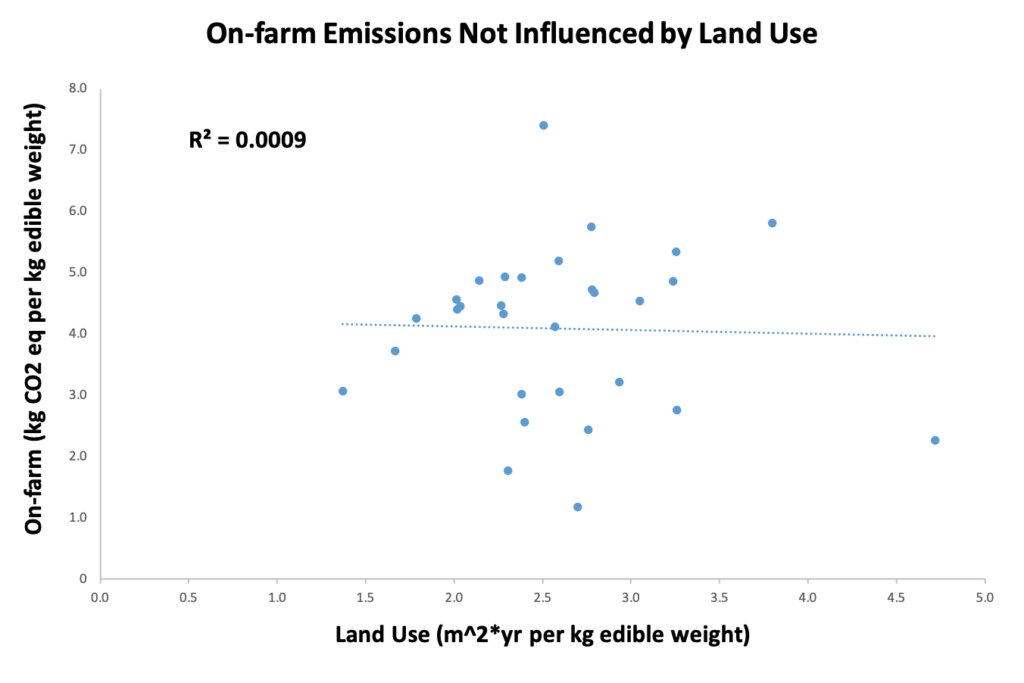
Overview
Palm oil is a form of vegetable oil that is produced from the fruit of oil palm trees. These trees are grown predominantly in Southeast Asia, but they are also grown in Africa and South America. Palm oil is an important global commodity as it is found in many packaged goods around the world and is used as fuel in some countries. The main problem with palm oil production is that in order to grow the palm trees to harvest the oil, natural forests are being destroyed to create space for the trees. The destruction of these forests releases carbon from both above- and below-ground biomass and destroys animals’ homes. About 44 million acres of land worldwide have been used to produce palm oil, and around 60% of that land has been converted directly from natural forests. As demand for palm oil increases, more forests are being cleared around the world. After converting the land, farming the palm trees leads to continued emissions. A leading question for our palm oil analysis is whether there are trade-offs between land conversion and other emissions, and another question is whether there are trade-offs between land use (on a plantation) and emissions.
Methodology
To conduct our analysis of palm oil, we used the dataset from Poore and Nemecek (2018). The data collection process was similar to that of maize. A total of 30 sample points were used. The production system type for palm oil was not standardized by intensity, so extensive vs. intensive system types were not compared. Additionally, most of the data was recorded from producers in Southeast Asia, so there was an insufficient sample size to compare plantations across Asia, Africa, and South America.
Our analysis focuses on the impacts of palm oil within two major categories: land-clearing and on-farm operations. We looked for trade-offs in both categories.
Analyzing GHG Emissions
We began our analysis by looking at our GHG data to understand which part of the life cycle contributes the most to GHG emissions.
Figure 2.1: The make-up of total GHG emissions by land use change (LUC) emissions and On-farm emissions for all thirty sample points. Data from Poore and Nemecek (2018).
Total GHG emissions come from emissions released from land use change (LUC) and emissions released from the established plantations (On-farm). LUC measures GHG emitted from land conversion and is split into LUC emissions from burning (LUC Burn) and LUC emissions from the carbon stock before conversion (LUC C Stock). On-farm measures GHG emitted from production processes after the land has been converted and the farm has been created. Note that LUC measures GHG emissions caused directly from converting land and is distinct from land use, which measures land occupied to produce palm oil.
In Figure 2.1, we can see that the overall GHG emitted by producers are influenced both by LUC Emissions (sum of LUC Burn and LUC C Stock) and On-farm Emissions. So even though a lot of emissions are caused from land conversion, there is still much progress for palm oil producers to make in minimizing GHG emissions during the production process. Note that negative LUC percentages mean that the land is sequestering more GHG after conversion than prior.
Comparing Environmental Indicators
After analyzing the sources of GHG emissions, we then searched for relationships between the other environmental impacts: land-use , acidification potential, and eutrophication potential.
We first investigated acidifying and eutrophying emissions (Figure 2.2).
Here there is a direct relationship: producers who have higher GHG emissions also have higher acidification potentials and higher eutrophication potentials (Figure 2.2). The relationships indicate that the various emissions indicators may be linked. This is somewhat expected; palm oil mill effluent (POME) that comes as a by-product of palm oil milling is often treated in open lagoons. This releases methane and carbon, which contribute to GHG emissions, as well as emitting acidifying and eutrophying compounds. There is also waste from harvested palm fruit, which comes in fresh fruit bunches (FFB). FFB that are old cannot be used and are usually burned. Empty fruit bunches (EFB), which are leftover fibers after the palm fruit has been removed from the FFB, are often dumped in landfills or burned. Poor treatment of FFB and EFB leads to increased GHG emissions, eutrophying emissions, and acidifying emissions. Additionally, overuse of fertilizers leads to higher eutrophication potential and also more GHG emissions.
The positive relationships between GHG emissions and other emissions (Figure 2.2) appear to be a good sign, as decreasing GHG emissions seems to decrease the other emission types. At the very least, there is not a consequence for lowering GHG emissions. This is likely because decreasing GHG emissions implies better waste management, in turn translating to lower acidifying emissions and eutrophying emissions. However, it is worth noting that for acidification potential versus GHG emissions, only 16 points had corresponding data, and for eutrophication potential versus GHG emissions, only 10 data points were available.
We next analyzed the correlation between land use and greenhouse gas emissions emissions for palm oil.
Figure 2.3: GHG against Land Use. Data from Poore and Nemecek (2018).
The outlier point with high land use is a producer located in Cameroon (Figure 2.3). Along with using land extensively, this producer also disposes POME to rivers. Discharging POME to waterways leads to massive pollution and thus higher emissions. Disregarding the outlier, Figure 2.3 shows that there is no trend between GHG and land use, and it appears as though land use has no impact on total GHG emitted. Here, the trend seems to show that decreasing land use does not consistently increase or decrease GHG emissions.
Figure 2.4: On-farm emissions against land use. Data from Poore and Nemecek (2018).
Because LUC was often a large component of total GHG emissions, and land-use reflects the ongoing operations, we investigated this relationship for only on-farm emissions. Figure 2.4 reveals that land use is also uncorrelated with On-farm emissions. Though decreasing land use is not correlated with decreasing On-farm emissions, this is still a good sign, as using land intensely to farm palm oil does not result in heightened GHG emissions. Therefore, palm oil plantations should aim to decrease their overall land use. Since land use is inversely correlated with yields, the producers can therefore increase their output without expanding the plantations. This is a great sign: producers do not have to clear new land to produce more palm oil. Ongoing work at the yield gap for palm oil suggests that there is significant scope for improvement.
To answer our primary question, we have found no trade-offs between land conversion and other emissions. In fact, by minimizing the conversion of peatlands and the use of burning to clear, farms can decrease GHG emissions, eutrophying emissions, and acidifying emissions. For established farms, land use and GHG emissions are uncorrelated, and since GHG is directly related to eutrophication potential and acidification potential, efforts to reduce GHG emissions or increase yields seem unlikely to have unintended negative impacts in these other areas.
Moving Forward
There is much room for improvement in the palm oil industry. The Roundtable on Sustainable Palm Oil (RSPO), a nonprofit that is dedicated to implementing standards for producing sustainable palm oil, has outlined steps that producers should follow. Relating to LUC, a main objective is that primary forestry (land that has not been altered by humans) and forests containing endangered species cannot be cleared. Another important goal is to reduce fire use in land clearing. Producers who abide by these criteria can receive certifications from RSPO, and companies can source their palm oil from these certified producers. Consumers can also purchase RSPO-approved products to further support the effort towards the global production of sustainable palm oil. Additionally, maps that highlight suitable lands could be used to allocate land for plantations more effectively. For established plantations, there is more opportunity to decrease emissions. Using correct amounts and types of fertilizer can increase yield while also decreasing waste and emissions. Biogas capture systems can convert POME emissions to useful gasses and produce electricity, reducing emissions while also providing an energy source. EFB that is normally wasted can return to the palm tree plantations and be placed around palm trees to provide necessary nutrients to the trees.
There are important next steps in our study of palm oil. As noted earlier, there was no apparent trend between land use and GHG emissions. Currently, our studies show that farms should increase yield as there is no consequence for optimizing for land use. We believe that more specific data on land conversion could help reveal even more benefits of avoiding land clearing to produce palm oil. The methods by which the land was converted to create space for palm oil trees along with the type of land that was converted both directly contribute to emissions. For example, many of the palm oil plantations come from carbon-rich peatlands, and conversion of this type of land releases massive amounts of greenhouse gases, especially if fire is used in clearing. However, we currently only have data on LUC fire and LUC carbon stock. Data on aboveground versus belowground carbon reserves as well as soil content before land conversion would give us further insight into the effects of LUC.
We also lack sufficient data on the eutrophication potential and the acidification potential of palm oil plantations. Of the 30 total palm oil sample points, only 16 of them included numbers for acidification potential, and only 10 of the points included numbers for eutrophication potential. More sample points in total would also be helpful to further support some relationships found in the section.





